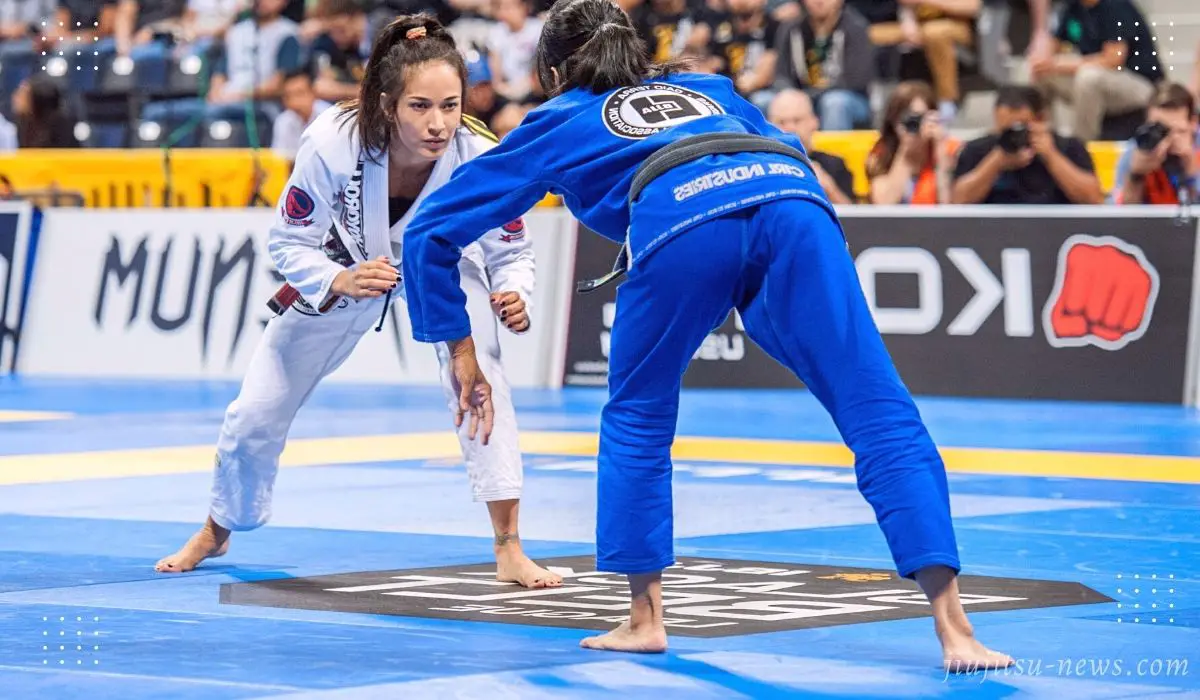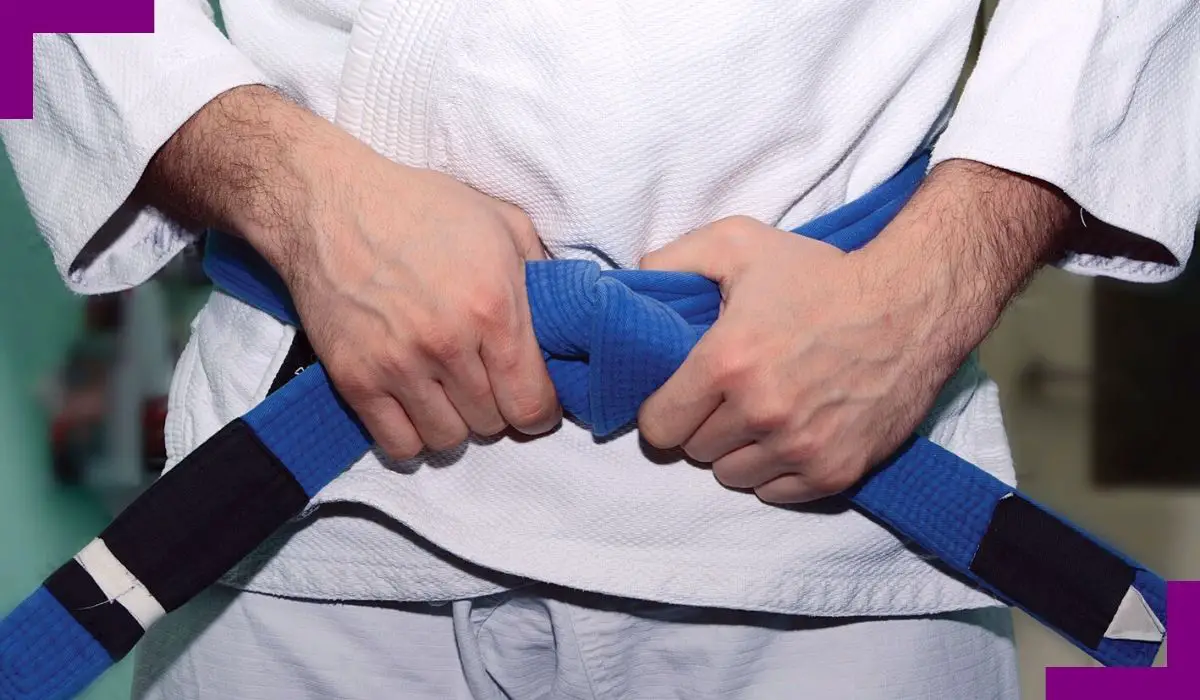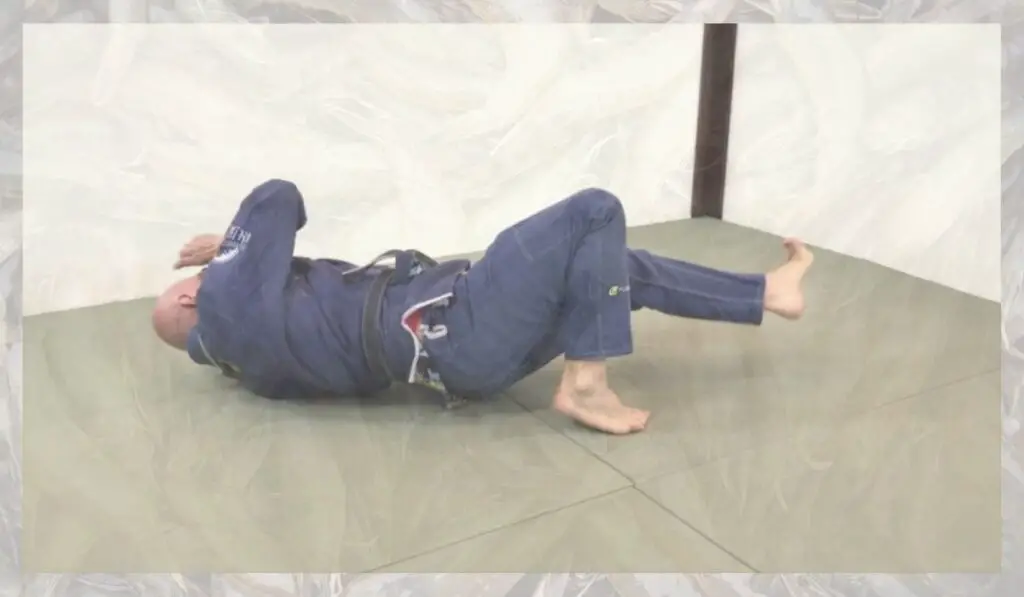Grappling Industries is one of the most prominent Brazilian jiu-jitsu entities. It hosts numerous tournaments worldwide, with athletes grouped into various weight classes. If you wish to compete in Grappling Industries’ Gi and No-Gi tournaments, you should be familiar with the different weight categories.
This article will go through the various weight divisions and classifications Grappling Industries uses. Then, among other exciting things, we’ll go over adult men’s, women’s, and youth weight ranges. Stay tuned!
What Are the Different Grappling Industries Weight Classes?

Grappling Industries class its competitors into weight categories, the same in Gi and No-Gi tournaments.
Here are the main Grappling Industries weight divisions for kids and adults:
- Kids Gi/No-Gi Weight Classes
- Women Adult/Master Gi/No-Gi Weight Classes
- Men Adult/Master/Senior Gi and No-Gi Weight Classes
- Absolute Gi/No-Gi Weight Classes
Let’s dive in-depth into each Grappling Industries weight category!
Kids Gi/No-Gi Weight Classes
- -45 lbs (-20 kg)
- -55 lbs (-25 kg)
- -65 lbs (-29 kg)
- -75 lbs (-34 kg)
- -85 lbs (-39 kg)
- -95 lbs (-43 kg)
- -105 lbs (-48 kg)
- -115 lbs (-52 kg)
- -125 lbs (-57 kg)
- -135 lbs (-61 kg)
- -145 lbs (-66 kg)
- -155 lbs (-70 kg)
- -170 lbs (-77 kg)
- -185 lbs (-84 kg)
- -210 lbs (-95 kg)
- +210 lbs (+95 kg)
Women Gi/No-Gi Weight Classes
- -105 lbs (-48 kg)
- -115 lbs (-52kg)
- -125 lbs (-57 kg
- -135 lbs (-61 kg)
- -145 lbs (-66 kg)
- -155 lbs (-70 kg)
- -170 lbs (-77 kg)
- -185 lbs (-84 kg)
- -200 lbs (-91 kg)
- +200 lbs (over 91 kg)
Men Gi/No-Gi Weight Classes
- -135 lbs (-61 kg)
- -145 lbs (-66 kg)
- -155 lbs (-70 kg)
- -170 lbs (-77 kg)
- -185 lbs (-84 kg)
- -200 lbs (-91 kg)
- -215 lbs (-97.5 kg)
- -230 lbs (-104 kg)
- +230 lbs (+104 kg)
Absolute Gi/No-Gi Weight Classes
At the absolute weight division, neither female nor male competitors have a weight limit.
What Are the Different Grappling Industries Age Divisions?
There are ten age groups in Grappling Industries tournaments ranging from 4 to 40+ years old, divided into kids, adults, masters, and seniors.
| Kids/Men/Women Age Divisions | Athlete’s Age Limit |
| Kids 1 | 4 to 5 years old |
| Kids 2 | 6 to 7 years old |
| Kids 3 | 8 to 9 years old |
| Kids 4 | 10 to 11 years old |
| Kids 5 (Boys/Girls) | 12 to 13 years old |
| Kids 6 (Boys/Girls) | 14 to 15 years old |
| Kids 7 (Boys/Girls) | 16 to 17 years old |
| Adult (Men/Women) | 18 to 29 years old |
| Masters (Men/Women) | 30 to 39 years old |
| Seniors (Men) | 36 years old and under 41 years old |
Recommended: Grappling Industries Rules (A Closer Look)
Are There Rank Divisions in Grappling Industries Tournaments?

In addition to age and weight classifications, Grappling Industries classifies competitors based on their ranks.
Kids Rank Divisions
Kids Gi competitors are classified into white, grey, yellow/green, and green/blue rank divisions.
Yet, Kids No-Gi competitors are classified into beginner (white), intermediate (grey), advanced (yellow/orange), and expert (green/blue) level divisions.
Women/Men Rank Divisions
Grappling Industries categorizes men and women Gi/No-Gi competitors into white, blue, purple, brown, and black.
Women/Men Rank Divisions
Grappling Industries categorizes absolute men and women Gi competitors into white, blue, purple, brown, and black. Yet, no rank divisions exist in the absolute men and women no-gi competitions.
Recommended: The Best Brazilian Jiu-jitsu Tournaments (The Ultimate List)
Conclusion
The Grappling Industries is a well-known organization that hosts various BJJ contests worldwide.
Grappling Industries’ competitors are divided into many divisions according to age, weight, and rank. And they are invited to respect several Grappling Industries’ tournament rules to ensure a fair and enjoyable competition experience.
I hope you found this post helpful in learning about the grappling weight classes.
Recommended: The Different IBJJF Weight Classes (A Closer Look)



